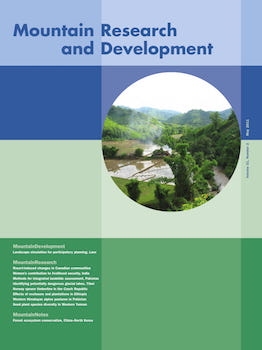Changbai Mountain, the highest mountain in the east of the Eurasian Continent, is covered with a wide range of distinct altitudinal vegetation types featuring the Earth's richest biodiversity in the cool temperate zone. However, some development trends on Changbai Mountain urgently require the launching of innovative policies and actions for sustainable forest conservation on Changbai Mountain. This paper provides an overview of forest conservation issues in the area: it summarizes the ecological significance of forest vegetation on Changbai Mountain, reviews historic forest utilization and protection in the region, and discusses forest conservation measures that exist on Changbai Mountain. The paper also describes specific civilization-based economic developments, including deforestation, logging, non-wood product collection, and tourism, which threaten forest sustainability inside and around protected areas on Changbai Mountain. We propose that forest ecosystem management should be implemented outside the designated protected areas and human pressure should be reduced inside nature reserves on Changbai Mountain. Landscape and ecosystem approaches should be used to promote forest conservation at the mountain level. In addition, China and North Korea (DPRK) need to engage in multiscale, multidisciplinary, and multistakeholder transboundary conservation efforts.
How to translate text using browser tools
1 May 2011
Landscape-level Forest Ecosystem Conservation on Changbai Mountain, China and North Korea (DPRK)
Lina Tang,
Aixian Li,
Guofan Shao

Mountain Research and Development
Vol. 31 • No. 2
May 2011
Vol. 31 • No. 2
May 2011
Cool temperate forest
forest conservation
forest sustainability
habitat protection
landscape fragmentation




